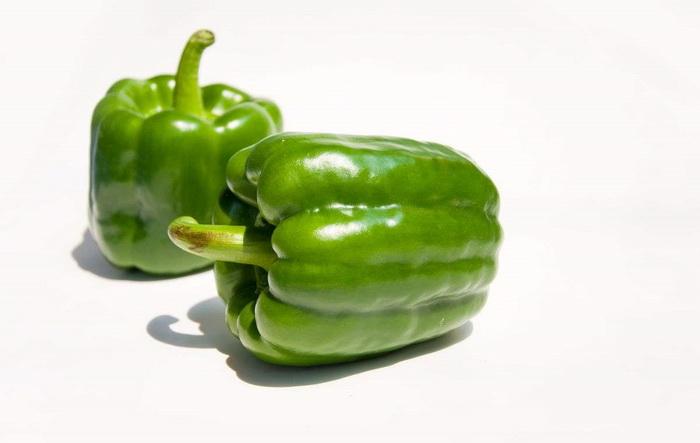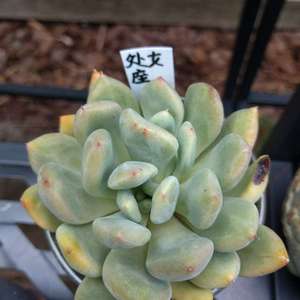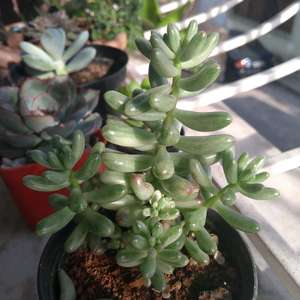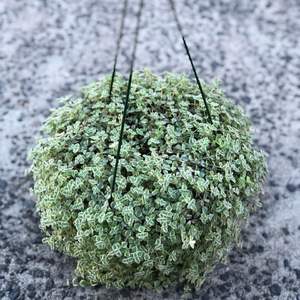文章
Miss Chen
2018年07月14日

Container gardens offer the chance to grow a vegetable garden without the need for a high-maintenance garden bed. Zucchini is one of many vegetable varieties that thrives in pots. In garden beds, zucchini often is left to sprawl, but in a pot it can be staked to take up less space. Look for hybrid varieties such as Black Magic and Jackpot, that are bred specifically for pot growing.

Step 1
Fill a 5-gallon or larger pot with a moist, quality potting mixture to within 2 inches of the pot's rim. Make sure the pots and planters have drainage holes in the bottom.
Step 2
Mix a slow-release, balanced fertilizer with the potting mixture, following label instructions for exact application amounts.
Step 3
Plant one zucchini seedling or two to three seeds per pot. Plant seedlings at the same depth they were at in their nursery pots and plant seeds to a depth twice that of their width.
Step 4
Water the potting mixture after planting until the excess begins to drain from the bottom of the pot. Water the zucchini again when the soil surface begins to dry, which may be daily during hot, dry weather.
Step 5
Place the containers in an area that receives at least eight hours of sunlight daily.

Step 6
Place a tomato cage on top of the soil in the pot. Guide the zucchini vines through the inside of the cage as they grow. Tie the vines in place loosely with cloth or plastic plant ties. Allow the vines drape over the outside of the cage when they reach the top.

Step 1
Fill a 5-gallon or larger pot with a moist, quality potting mixture to within 2 inches of the pot's rim. Make sure the pots and planters have drainage holes in the bottom.
Step 2
Mix a slow-release, balanced fertilizer with the potting mixture, following label instructions for exact application amounts.
Step 3
Plant one zucchini seedling or two to three seeds per pot. Plant seedlings at the same depth they were at in their nursery pots and plant seeds to a depth twice that of their width.
Step 4
Water the potting mixture after planting until the excess begins to drain from the bottom of the pot. Water the zucchini again when the soil surface begins to dry, which may be daily during hot, dry weather.
Step 5
Place the containers in an area that receives at least eight hours of sunlight daily.

Step 6
Place a tomato cage on top of the soil in the pot. Guide the zucchini vines through the inside of the cage as they grow. Tie the vines in place loosely with cloth or plastic plant ties. Allow the vines drape over the outside of the cage when they reach the top.
0
0
文章
Miss Chen
2018年07月14日

Peppers are a popular plant for the home vegetable garden. The three most common varieties of peppers are bell peppers, hot peppers and sweet peppers. Although peppers are relatively easy to grow, several factors can result in low fruit production. If you want to get your green pepper plants to produce more, be vigilant with their care.

Step 1
Monitor temperatures. Peppers prefer warm whether, so avoid planting them until after the last frost of the season and cover them if frost is expected. Some varieties suffer during extended periods of extreme heat as well and require shading. Optimal temperatures for growing peppers range from roughly 70 to 85 degrees Fahrenheit.
Step 2
Provide proper nutrients. Fertilizer rich in nitrogen will result in a leafy, healthy plant but won't yield much fruit. Use a phosphorus and potassium-rich fertilizer as the plants begin to develop.
Step 3
Remove the first few flower buds. This allows the plant to develop more before it begins producing fruit and sometimes results in higher fruit production.
Step 4
Pick often. Picking fruits as they ripen encourages the plant to begin producing more fruit.

Step 5
Prune the plants. Moderate pruning in the late summer or early fall sometimes extends fruit production, but prune with care. Severe pruning damages the plant.

Step 1
Monitor temperatures. Peppers prefer warm whether, so avoid planting them until after the last frost of the season and cover them if frost is expected. Some varieties suffer during extended periods of extreme heat as well and require shading. Optimal temperatures for growing peppers range from roughly 70 to 85 degrees Fahrenheit.
Step 2
Provide proper nutrients. Fertilizer rich in nitrogen will result in a leafy, healthy plant but won't yield much fruit. Use a phosphorus and potassium-rich fertilizer as the plants begin to develop.
Step 3
Remove the first few flower buds. This allows the plant to develop more before it begins producing fruit and sometimes results in higher fruit production.
Step 4
Pick often. Picking fruits as they ripen encourages the plant to begin producing more fruit.

Step 5
Prune the plants. Moderate pruning in the late summer or early fall sometimes extends fruit production, but prune with care. Severe pruning damages the plant.
1
0





















